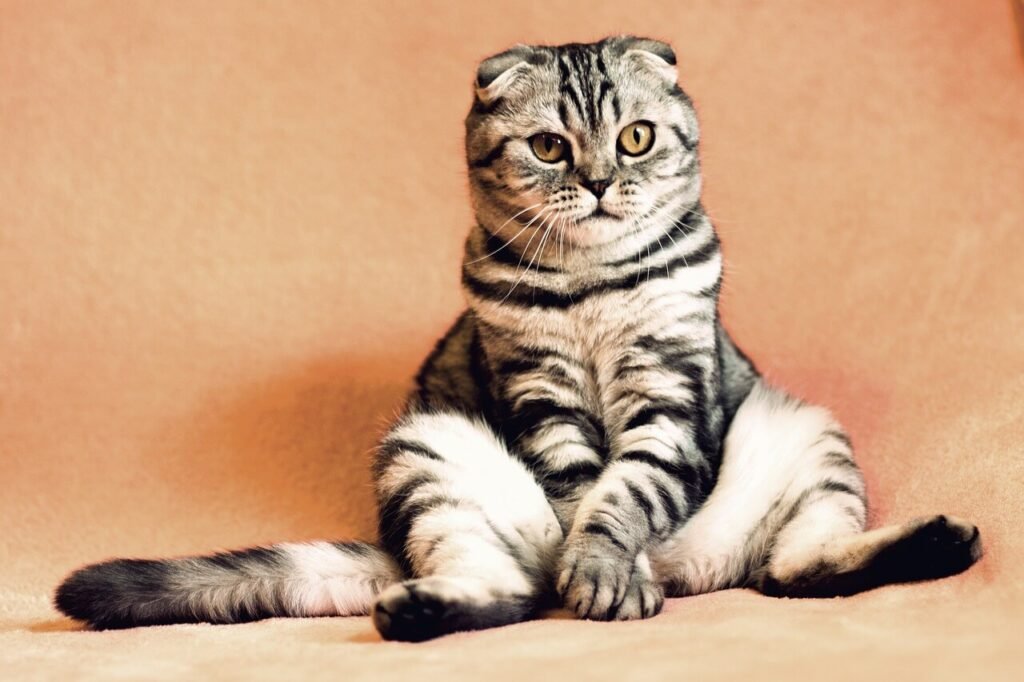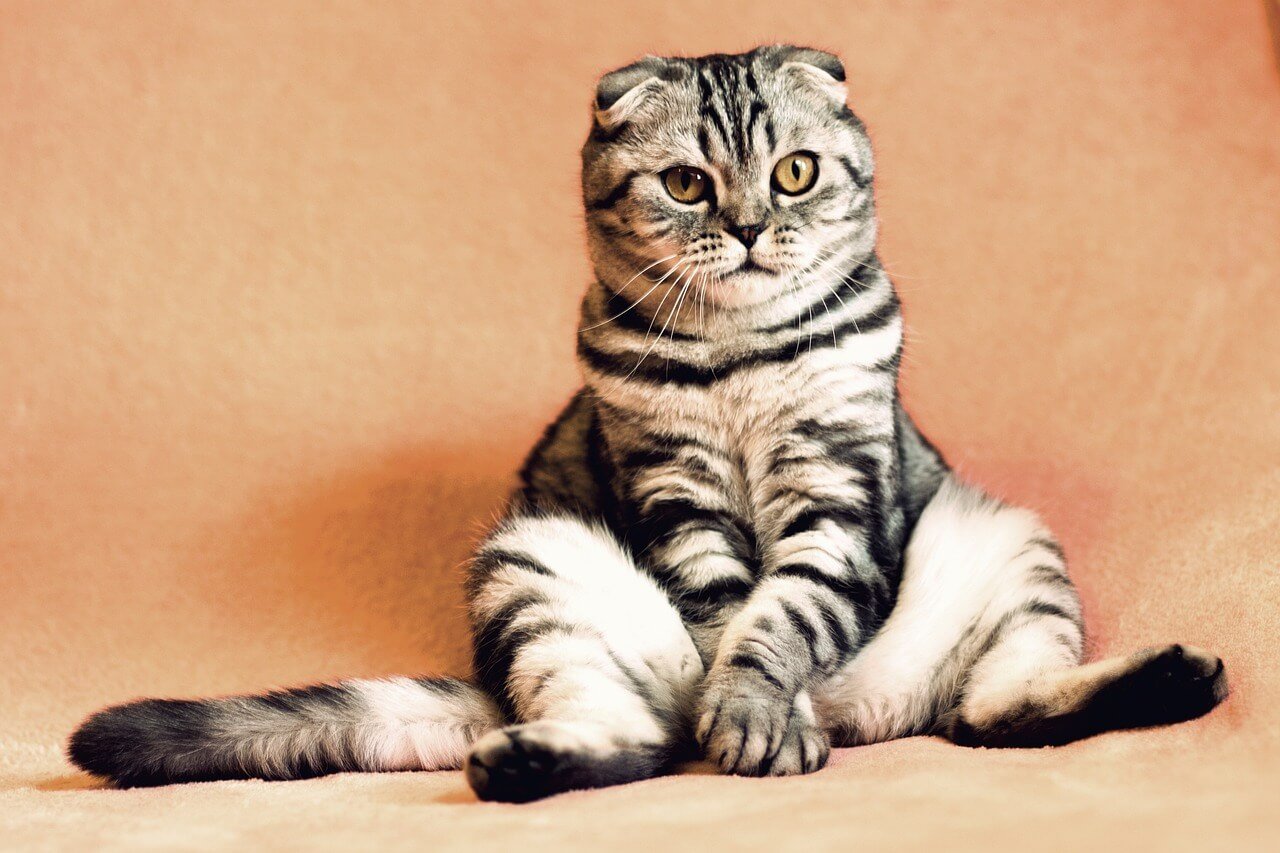Why Does My Cat Twitch in Their Sleep?
Watching your cat sleep can be a mesmerizing experience, especially when their paws start twitching or their whiskers quiver. While it might look unusual—or even concerning—this behavior is quite common among felines. But why does it happen? Is your cat dreaming of chasing mice, or could there be something more to it? In this blog post, we’ll explore the fascinating reasons behind why cats twitch in their sleep, what it means for their health, and how you can ensure they’re resting peacefully. Whether you’re a curious cat owner or simply fascinated by feline behavior, this guide will provide all the answers you need.
The Science Behind Cat Twitching in Sleep
Cats experience sleep cycles similar to humans, and their twitching often occurs during specific stages of rest. Understanding these cycles sheds light on why your cat’s body reacts the way it does while they’re snoozing.
REM Sleep and Dreaming:
During REM (Rapid Eye Movement) sleep, cats’ brains are highly active, and they may dream. Twitching is a natural response to these vivid dreams, often involving hunting or playing scenarios.Muscle Activation:
Even in sleep, small muscle groups can activate involuntarily, causing visible twitches in their paws, tails, or whiskers.Instinctual Reactions:
Cats are predators by nature, and their sleep behaviors often reflect instinctual movements tied to hunting or stalking prey.Nervous System Activity:
The nervous system remains partially active during sleep, sending signals that trigger minor physical movements like twitching.Normal Physiological Process:
For most cats, twitching is a harmless and completely normal part of their sleep cycle, not a cause for concern.
These scientific explanations reveal that twitching is a natural phenomenon rooted in your cat’s biology and instincts.

Signs That Your Cat’s Twitching Is Normal
While twitching is typically harmless, it’s important to recognize the signs that indicate your cat is simply experiencing a peaceful slumber. Here’s what to look for to confirm everything is okay.
Relaxed Body Posture:
If your cat’s body appears relaxed—with soft breathing and no signs of tension—the twitching is likely part of a normal sleep pattern.Intermittent Movements:
Occasional twitches in their paws, ears, or tail are common during deep sleep and usually subside quickly.No Vocalizations:
A sleeping cat that twitches without growling, hissing, or making other noises is likely just dreaming peacefully.Regular Sleep Patterns:
Cats that maintain consistent sleep schedules and exhibit twitching within those patterns are unlikely to have underlying issues.Responsive Upon Waking:
If your cat wakes up alert and behaves normally after twitching episodes, there’s usually nothing to worry about.
By observing these signs, you can rest assured that your cat’s twitching is a natural part of their restful state.
Check this guide 👉 Why Cats Love to Lay Down: Best 7 Expert Tips!
Check this guide 👉 Why Is My Cat Crying? Best 7 Expert Tips!
Check this guide 👉 Why Is My Cat Coughing? Best 7 Expert Tips!
Normal Sleep Behaviors in Cats | Potential Signs of Concern |
|---|---|
Occasional twitching during REM | Excessive twitching throughout the day |
Relaxed posture while sleeping | Stiff or rigid body during twitching |
Soft, rhythmic breathing | Labored or irregular breathing |
Quick return to calm after waking | Disorientation or lethargy upon waking |
Consistent sleep-wake cycle | Sudden changes in sleep habits |
When to Be Concerned About Twitching
While twitching is usually harmless, certain situations warrant closer attention. Knowing when to consult a veterinarian ensures your cat stays healthy and comfortable.
Frequent or Violent Twitching:
If your cat experiences intense or prolonged twitching, it could indicate neurological issues requiring professional evaluation.Accompanying Symptoms:
Twitching paired with vomiting, seizures, or loss of appetite may signal an underlying medical condition.Disrupted Sleep Patterns:
Cats that seem unable to settle into deep sleep or twitch excessively may be dealing with stress or discomfort.Changes in Behavior:
Sudden shifts in personality, such as increased aggression or withdrawal, alongside twitching should not be ignored.Age-Related Concerns:
Senior cats are more prone to health issues, so any unusual twitching in older felines deserves a vet visit.
Being vigilant about these warning signs allows you to address potential problems early and keep your cat thriving.
How to Support Your Cat’s Restful Sleep
Creating a calm and comfortable environment can help your cat enjoy deeper, more restorative sleep. These tips promote relaxation and minimize disturbances during their slumber.
Provide a Cozy Sleeping Spot:
Ensure your cat has access to a soft, quiet bed away from loud noises or high-traffic areas.Maintain a Routine:
Cats thrive on consistency, so sticking to regular feeding and playtimes helps regulate their sleep schedule.Limit Stressors:
Minimize environmental stressors like sudden changes in routine or unfamiliar visitors to prevent restless nights.Encourage Physical Activity:
Engage your cat in daily play sessions to tire them out, ensuring they sleep soundly through the night.Monitor Their Health:
Schedule regular vet check-ups to rule out conditions that could disrupt your cat’s sleep quality.
By fostering a supportive environment, you can help your cat achieve the restful sleep they need to stay happy and healthy.
Common Dreams Cats May Have
Cats’ twitching during sleep often reflects their dreams, which are shaped by their instincts and daily activities. Here are some common scenarios they might “experience” while dreaming.
Chasing Prey:
Many cats dream of hunting small animals, triggering paw movements and tail flicks as they “pursue” their imaginary target.Playing with Toys:
Interactive play sessions during the day can inspire dreams of batting around toys or leaping through the air.Exploring New Spaces:
Curious by nature, cats may dream of wandering through unfamiliar environments, leading to subtle head or ear movements.Social Interactions:
Dreams involving interactions with humans or other pets can evoke gentle facial expressions or whisker twitches.Self-Grooming:
Cats often incorporate grooming behaviors into their dreams, resulting in slight paw or tongue movements.
These dream scenarios highlight the playful and instinctual nature of cats, even in their sleep.
Tips for Observing Your Cat’s Sleep
Understanding your cat’s sleep habits requires careful observation. These tips will help you gather insights into their nighttime behaviors effectively.
Watch Silently from Afar:
Avoid disturbing your cat while they sleep; observe quietly to capture natural sleep patterns.Note Timing of Twitches:
Pay attention to when twitching occurs—during light sleep, deep sleep, or transitions between phases.Document Changes Over Time:
Keep a journal of your cat’s sleep behaviors to identify trends or deviations from their norm.Check Environmental Factors:
Assess whether external factors like temperature or noise levels impact your cat’s sleep quality.Consult a Vet if Unsure:
If you notice anything unusual or concerning, don’t hesitate to seek professional advice for peace of mind.
By observing thoughtfully, you can better understand your cat’s unique sleep patterns and needs.
Fun Facts About Cat Sleep
Cats spend a significant portion of their lives sleeping, and their slumber habits are full of intriguing quirks. Here are some fun facts to deepen your appreciation for feline rest.
Cats Sleep Up to 16 Hours a Day:
This impressive amount of rest supports their energy needs for bursts of activity and hunting instincts.They’re Crepuscular Sleepers:
Cats are most active during dawn and dusk, aligning their sleep schedule with their natural hunting instincts.Dreaming Starts Early:
Kittens begin dreaming shortly after birth, suggesting dream-filled sleep is essential for development.Purring During Sleep:
Some cats purr softly while sleeping, indicating contentment and relaxation.Sleep Postures Reflect Personality:
Whether curled up tightly or sprawled out, your cat’s sleeping position reveals clues about their mood and personality.
These fascinating facts showcase the complexity and charm of feline sleep behaviors.
Frequently Asked Questions About Cat Twitching in Sleep
Is it normal for cats to twitch while sleeping?
Yes, occasional twitching during REM sleep is completely normal and often related to dreaming.
Should I wake my cat if they’re twitching?
Generally, there’s no need to wake them unless the twitching seems excessive or accompanied by alarming symptoms.
Can stress cause twitching in cats?
Stress or anxiety can sometimes manifest as restless sleep or increased twitching, so addressing the root cause is important.
Do older cats twitch more than younger ones?
Older cats may experience more pronounced twitching due to age-related changes in their nervous system.
How can I tell if my cat is having a seizure?
Seizures typically involve uncontrollable shaking, stiffening, or collapse, unlike mild twitching during sleep.
Embracing the Mysteries of Feline Sleep
Twitching in sleep is just one of the many enchanting aspects of feline behavior. Whether your cat is dreaming of chasing prey or simply enjoying a peaceful nap, their nighttime antics remind us of their unique personalities and instincts. By understanding the science behind their sleep and recognizing signs of normal versus concerning behavior, you can ensure your furry friend enjoys restful nights and energetic days. So the next time you catch your cat twitching in their sleep, take a moment to marvel at the wonders of their little world—it’s all part of what makes sharing life with a cat so magical.
Cuterebra Larvae in Cats: Best 7 Expert Tips! – Expert advice on signs, treatment & prevention of this rare but serious feline parasitic infestation.
Cuterebra Larvae in Dogs: Best 7 Expert Tips! – Expert advice on signs, treatment & prevention of this rare but serious parasitic infestation.
Cat Tumor on Paw: Best 7 Expert Tips! – Expert advice on signs, diagnosis, treatment & care for feline paw tumors.
Panacur Side Effects in Dogs: Best 7 Expert Tips! – Safe usage, common reactions & when to call the vet.





